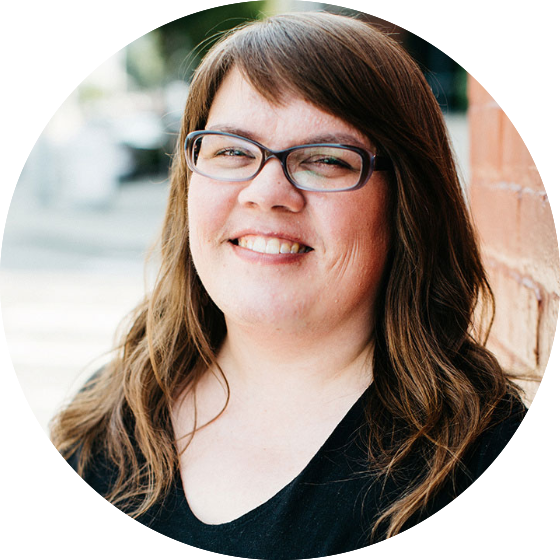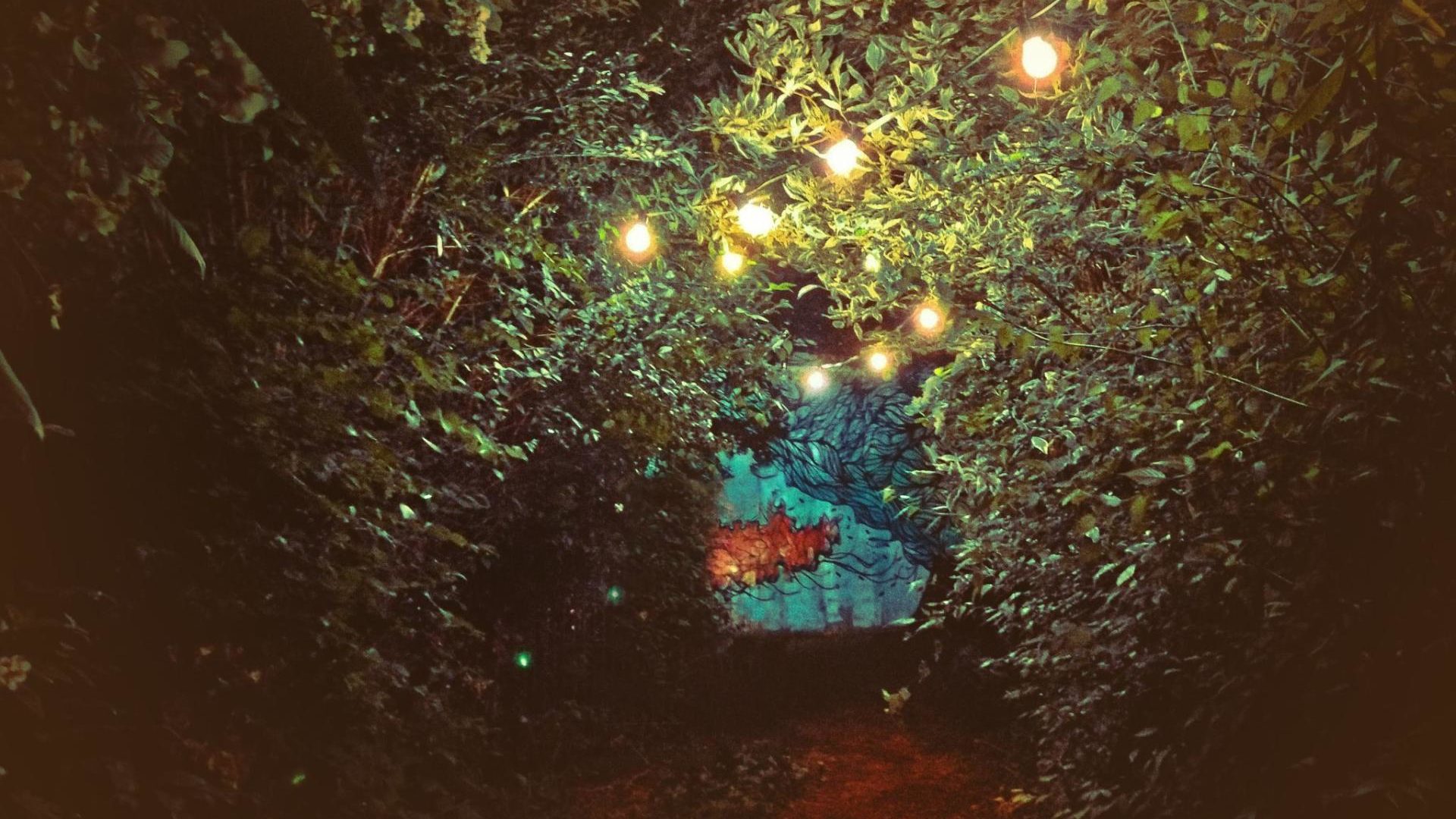This summer, Dr. Kj Swanson, Adjunct Faculty, offered a Theological and Cultural Engagement class that explored applying feminist critical theory to cultural texts—specifically to fairy tales and stories told by Walt Disney. The elective class was a unique opportunity for students to wrestle with social constructs and academic theories in a creative way. In the coming weeks, we’ll hear from a few students about their experience of the class and the work that grew out of it. To kick things off, here’s an intro from Dr. Swanson about the vision behind this course.
The genesis for the “Disney, Fairy Tales, and Feminist Theory” class actually started in Summer 2012 when Jev Forsberg (Master of Divinity, ‘12) and I co-taught, “Cultural Exegesis: Pop Culture and the Kingdom” with Dr. Derek McNeil. That was the summer I really noticed a boom in fairy tale film and TV adaptations, especially revision-minded fairy tales attempting to address problematic issues around how female fairy tale heroines (mostly princesses) were portrayed. That year we had Snow White and the Huntsman, Mirror, Mirror, as well as the first seasons of ABC/Disney’s Once Upon a Time and NBC’s Grimm.
In that class, we encouraged some students to explore these retold fairy tales for their final projects that summer, but I kept pursuing my own questions on the subject, a path which took me to Reykjavik, Iceland three summers later for an academic conference where I compared the themes of patriarchal curses within recent film adaptations of Snow White and Sleeping Beauty. While I still begrudgingly give credit to the popularity of Stephanie Meyer’s Twilight Saga for this renaissance in atmospheric fairy tale retellings (2011’s Red Riding Hood directed by Catherine Hardwicke par exemple), there are more connections to fairy tales in contemporary culture that I wanted to explore.
With the opportunity to teach another Theological and Cultural Engagement elective class this summer, I saw a chance to explore the intersections of two powerful cultural influencers—fairy tales and the Walt Disney corporation—as an introduction to applying feminist critical theory to cultural texts. There are a lot of myths and misunderstandings about fairy tales, both about how they’ve been passed down and how they’ve changed over time, but the point of the class wasn’t to become folklore masters. Rather, it was a chance for us to examine together the seen and unseen ways that stories can shape our sense of identity, agency, and community. Paying attention to a certain genre of story or tale type provides a specific lens on how different cultures communicate about themselves, but it can also help us think about the translation, adaptation, and interpretive traditions surrounding other texts, such as scripture.
“It was a chance for us to examine together the seen and unseen ways that stories can shape our sense of identity, agency, and community.”
I definitely wanted to provide some analytical tools to help unpack the messages that global influencers like Walt Disney have been telling us about what it means to be male, female, young, old, beautiful, monstrous, powerful, or vulnerable, but I also wanted the class to be a space to explore the potency and pleasure of hearing a story you already know being told anew. There is a reason (more than one) that fairy tales continue to be told, retold, adapted, and rewritten, and much of that lies in the fact that the stories are allowed to change. Those in search of the “true” Cinderella or the un-Grimmed Sleeping Beauty or non-Disneyized Snow White will inevitably be frustrated; arguably, it’s not about finding the “right” version, but about continuing to find new insights and possibilities in how a story might be re-imagined or re-contextualized, and what we might learn about ourselves in the process.
Although the Disney versions may be the default fairy tale versions for most of us, the Grimms were doing just as much cultural editing and adapting a century earlier for their German readers as did Disney for his 20th century movie-goers. What might we learn by paying attention to the patterns, the values, the assumptions, and the aspirations embedded in the stories we keep re-telling, particularly when those stories are largely directed towards children? The central question of the class was “Why are we telling these stories?,” and for the last day of class, we held a “Fairy Tale Festival” around this theme. It was three parts mini-academic conference, creative workshop, and storytelling circle. Students had a number of options for their final projects, but whether they wrote a research paper, composed a new fairy tale, or workshopped a screenplay, they had to present it to their classmates. It was four hours that included everything from comparative film analysis to a litany for women wounded within fairy tales. It was pretty magical.
I hope that by spending time not just with some of the histories of how these tales have been translated and transmitted, but also with the ways they have been critiqued, celebrated, and questioned, that students were able to find fruitful connections to their own vocational concerns and formational perspectives. I definitely learned a ton (and went joyously overboard composing bespoke fairy tale playlists each week).


